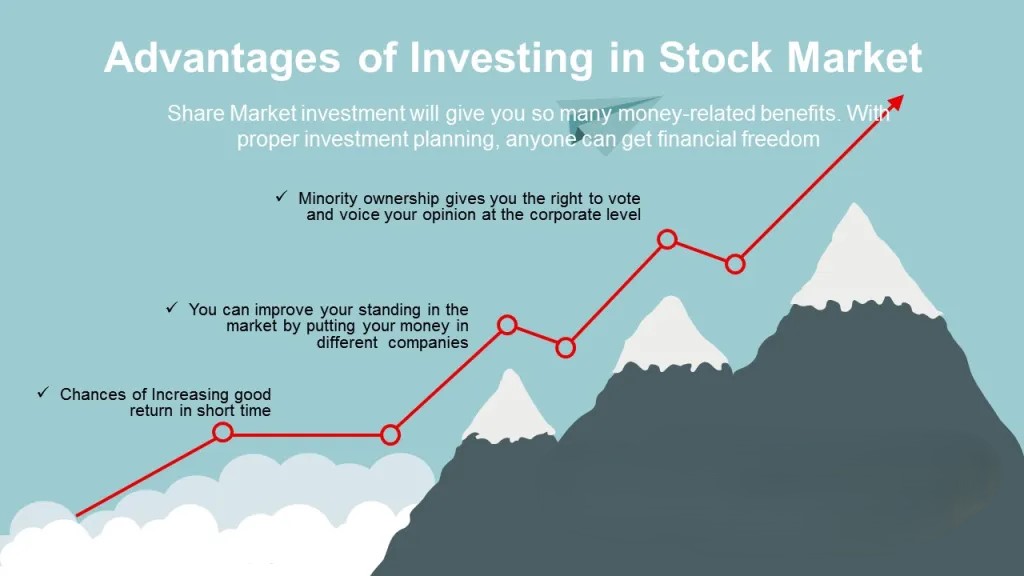Investing in stocks can be a rewarding way to build wealth over time, but it requires a well-thought-out strategy to navigate the complexities of the financial markets. With various approaches available, understanding the top strategies for successful investing is crucial for both new and experienced investors. This article outlines key strategies that can help you achieve your financial goals while managing risk effectively.
1. Value Investing

Value investing focuses on identifying undervalued stocks that are trading below their intrinsic value. This strategy, popularized by investors like Warren Buffett, involves thorough research into a company’s fundamentals, including earnings, revenue, and growth potential. The goal is to buy these stocks and hold them until the market recognizes their true value, leading to price appreciation. Patience is essential in this approach, as it may take time for the market to adjust.
2. Growth Investing
Growth investing targets companies that exhibit strong potential for above-average growth in revenues and profits. Investors in this category often look for smaller companies or emerging markets that show signs of rapid expansion. While growth stocks can carry higher risks due to their volatility, they also offer significant rewards if the companies succeed. This strategy requires careful analysis of market trends and company performance.
3. Dividend Investing

Dividend investing involves purchasing stocks that pay regular dividends to shareholders. This strategy provides a steady income stream while also allowing for capital appreciation over time. Investors often seek companies with a history of increasing their dividend payouts, as this indicates financial stability and a commitment to returning value to shareholders. Dividend stocks can be particularly appealing during market downturns, providing a cushion against volatility.
4. Index Investing

Index investing is a passive investment strategy that involves buying index funds or exchange-traded funds (ETFs) that track a specific market index, such as the S&P 500. This approach offers diversification and lower fees compared to actively managed funds. By investing in an index fund, investors can achieve market returns without the need for extensive research or stock selection.
5. Dollar-Cost Averaging
Dollar-cost averaging is an investment technique where an investor consistently invests a fixed amount of money at regular intervals, regardless of market conditions. This strategy helps mitigate the impact of market volatility by averaging out the purchase price of stocks over time. By avoiding the temptation to time the market, investors can build their portfolios gradually and reduce emotional stress associated with investing.
Also Read : Nutrition And Wellness: Strategies For Lifelong Health
Conclusion
Successful investing in stocks requires a combination of strategies tailored to individual goals and risk tolerance. Whether you choose value investing, growth investing, dividend investing, index investing, or dollar-cost averaging, understanding these approaches will help you make informed decisions and build a robust portfolio over time. By adopting a disciplined investment strategy and staying informed about market trends, you can navigate the complexities of stock investing and work towards achieving your financial objectives.
FAQs
Q1: What is value investing?
A1: Value investing is a strategy that focuses on buying undervalued stocks with strong fundamentals, holding them until the market recognizes their true worth.
Q2: How does growth investing differ from value investing?
A2: Growth investing targets companies expected to grow at an above-average rate, while value investing seeks out undervalued stocks based on their current fundamentals.
Q3: What are dividend stocks?
A3: Dividend stocks are shares in companies that pay regular dividends to shareholders, providing both income and potential capital appreciation.
Q4: What is index investing?
A4: Index investing involves purchasing funds that track a specific market index, offering diversification and lower fees compared to actively managed investments.
Q5: How does dollar-cost averaging work?
A5: Dollar-cost averaging involves consistently investing a fixed amount of money at regular intervals, which helps reduce the impact of market fluctuations on overall investment costs.





